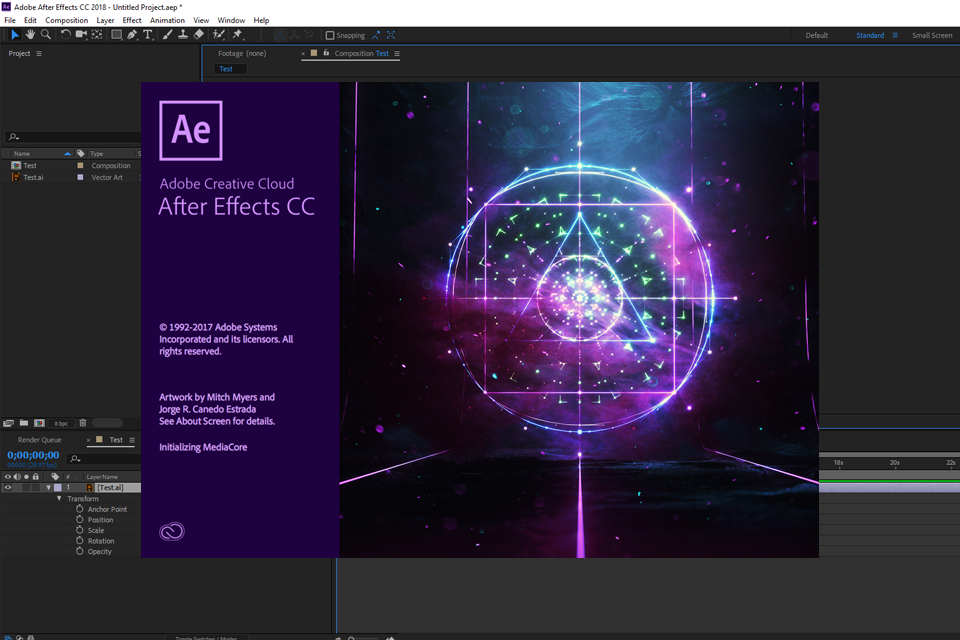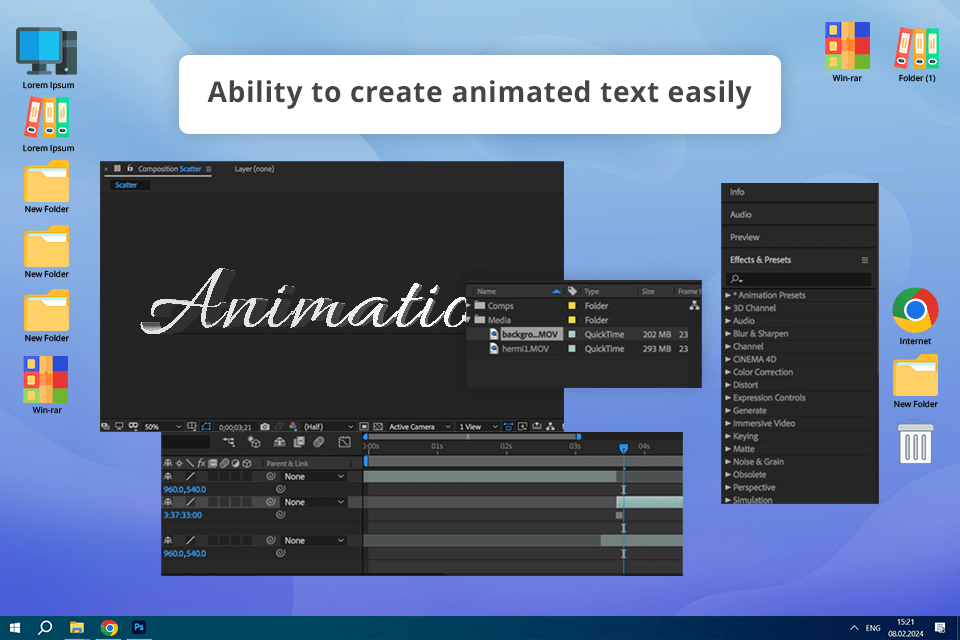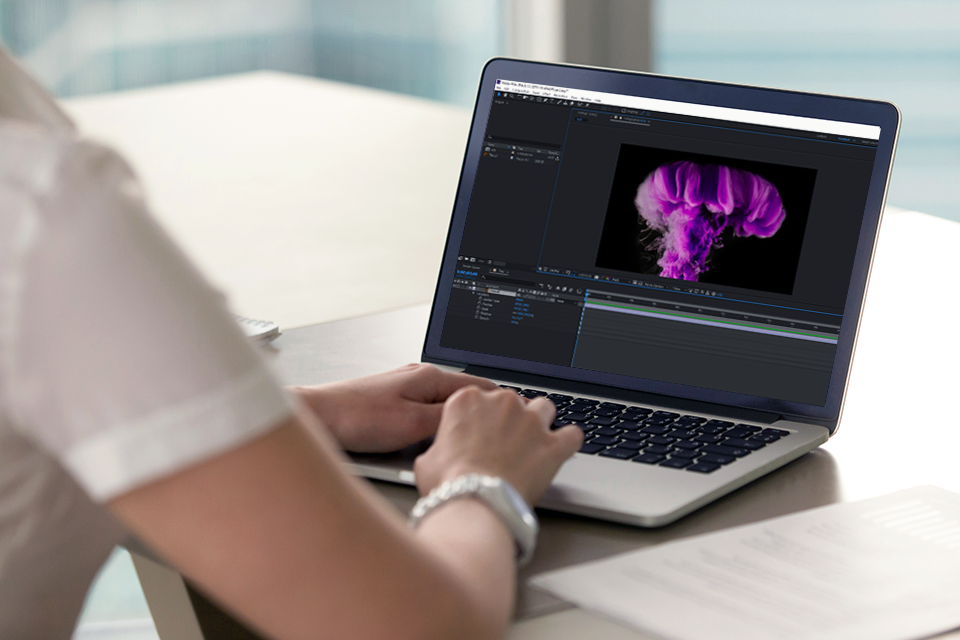The After Effects 2018 update improves the user experience to make animation and visual effects creation easier than before. It adds new tools, works faster and is simpler to use. With these upgrades, Adobe is helping animators, video editors, and storytellers create amazing content more easily.
I occupy the position of motion graphics artist at FixThePhoto and I've had the privilege of trying After Effects 2018 before its official release. I tested the software with various animation and VFX projects. To my mind, its update sets a new standard for those of us working in the creative industry.

Before I started using After Effects 2018, I used After Effects CC 2017, but it was slow and didn’t have enough features. Creating detailed 3D animations or handling high-quality images was hard. The new version was a huge improvement and made everything much easier.
After Effects 2018 has brought many cool features to the table. It provides quicker render times, smoother previews, and enhanced 3D capabilities. I particularly like new Advanced Motion Graphics Templates and the integration of Adobe Sensei. Using these functions, I can automate repetitive tasks and generally expedite my workflow.



After thoroughly testing the update, I found a few things that could be improved:
1. Faster 3D Rendering
The program is faster now, but when working with complex 3D projects, it still slows down. Adobe should keep improving the rendering engine so it can handle demanding visuals smoothly.
2. Creative Cloud Sync Issues
While the teamwork features are helpful, sometimes the program takes too long to sync with Creative Cloud Libraries. This can be frustrating when working with others on a tight deadline.
3. Speeding Up App Connections
I found switching between After Effects and other Adobe apps useful. However, sometimes it feels slow. Making this process faster would help people work more smoothly across different programs.
If you are on a tight budget but still want to produce top-notch animation and visual effects, you should consider some free alternatives to After Effects 2018. These programs can be a great starting point for creating dynamic graphics without spending much. However, for full features and pro-level tools, I suggest you consider buying After Effects.
After comparing Blender vs After Effects, I’ve learned that Blender is a powerful, open-source alternative to the Adobe software. It's a comprehensive 3D creation tool that allows you to model, animate, and render visuals. Many users think that Blender is mainly suitable for 3D, but it also offers robust video editing and compositing features. Thus, you can use it to create complex visual effects and motion graphics. While it has a steeper learning curve compared to some tools, it is versatile and free. These are important factors for experts and beginners alike.
HitFilm is a fantastic free VFX software that you can use instead of After Effects 2018. This software offers a wide array of tools for video editing and visual effects, including particle effects, color grading, and 3D manipulation. HitFilm has an intuitive interface, so both beginners and experienced editors can easily master it. Although the free version is packed with features, you can unlock even more creative possibilities by purchasing additional add-ons.
If you're looking for free and open-source compositing software to create VFX, Natron is worth considering. It's similar to After Effects but offers a node-based workflow and a comprehensive set of tools for compositing, color correction, and working with both 2D and 3D elements. While it may not offer the same freedom of making animation features as the Adobe software, Natron is a robust choice for many compositing tasks.
OpenShot is a beginner-friendly, open-source video editor that simplifies the process of creating animated graphics. It includes basic animation tools and a clean interface, making it a great alternative to more complex programs like After Effects. Whether you're adding titles, effects, or creating simple animations, OpenShot offers a straightforward approach.
Those searching for professional-grade video editing software without breaking the bank should take a closer look at DaVinci Resolve's free version. It provides a comprehensive set of tools, including color correction, video editing, and Fusion (a built-in visual effects compositor). However, since the program includes many powerful features, especially for high-resolution work, it may require a more robust system. This is one of the most important differences I discovered when comparing DaVinci Resolve vs After Effects.